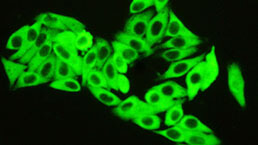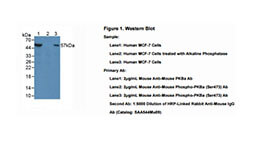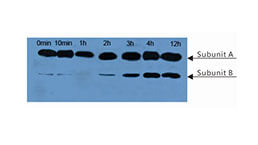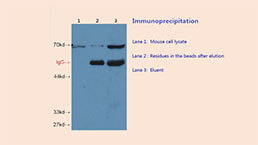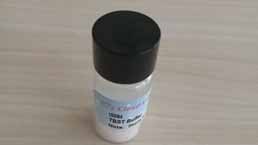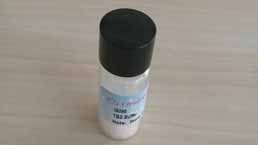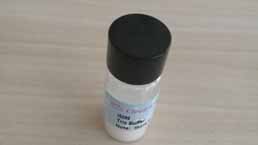Polyclonal Antibody to Substance P (SP) 

Overview
Properties
- Product No.PAA393Ra01
- Organism SpeciesRattus norvegicus (Rat) Same name, Different species.
- ApplicationsWB; IHC; ICC; IP.
If the antibody is used in flow cytometry, please check FCM antibodies.
Research use only - DownloadInstruction Manual
- CategoryEndocrinologyNeuro scienceHormone metabolism
- SourcePolyclonal antibody preparation, Host Rabbit
- Ig Type IgG, Potency n/a
- PurificationAntigen-specific affinity chromatography followed by Protein A affinity chromatography
- LabelNone
- Immunogen CPA393Ra22-OVA Conjugated Substance P (SP)
- Buffer Formulation0.01M PBS, pH7.4, containing 0.05% Proclin-300, 50% glycerol.
- TraitsLiquid, Concentration 0.5mg/mL
Sign into your account
Share a new citation as an author
Upload your experimental result
Review

Contact us
Please fill in the blank.
Specifity
The antibody is a rabbit polyclonal antibody raised against SP. It has been selected for its ability to recognize SP in immunohistochemical staining and western blotting.
Usage
Western blotting: 0.01-2µg/mL;
Immunohistochemistry: 5-20µg/mL;
Immunocytochemistry: 5-20µg/mL;
Optimal working dilutions must be determined by end user.
Storage
Store at 4°C for frequent use. Stored at -20°C in a manual defrost freezer for two year without detectable loss of activity. Avoid repeated freeze-thaw cycles.
Stability
The thermal stability is described by the loss rate. The loss rate was determined by accelerated thermal degradation test, that is, incubate the protein at 37°C for 48h, and no obvious degradation and precipitation were observed. The loss rate is less than 5% within the expiration date under appropriate storage condition.
Giveaways
Increment services
Citations
- A Potential Role for Substance P and Interleukin-6 in the Cerebrospinal Fluid of Cavalier King Charles Spaniels with Neuropathic PainPubmed: 23659719
- Oral curcumin has anti-arthritic efficacy through somatostatin generationPubMed: 25836921
- Positive enhancement of Lactobacillus fermentum HY01 on intestinal movements of mice having constipation10.1007/s13765-017-0327-3
- Direct activation of tachykinin receptors within baroreflex afferent pathway and neurocontrol of blood pressure regulationPubmed:29900692
- Serum Levels of Neuropeptides in Cows with Left Abomasal DisplacementPubmed: 30562932
- Effects of nanoparticles on Neuroinflammation in a Mouse Model of AsthmaPubmed: 31542455
- Hejie Zhitong prescription promotes sleep and inhibits nociceptive transmission-associated neurotransmitter activity in a rodent migraine modelPubmed: 33014123
- Changes of substance P, NGF and CGRP salivary levels among patients undergoing physical therapy
- Evaluation of the causes affecting the development of pruritus in patients with peritoneal dialysis34213714
- Surfactant protein C is associated with perineuronal nets and shows age-dependent changes of brain content and hippocampal deposits in wildtype and 3xTg mice34626771






